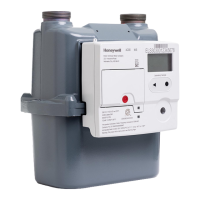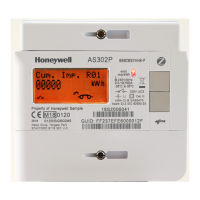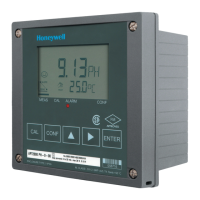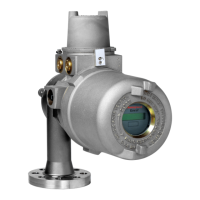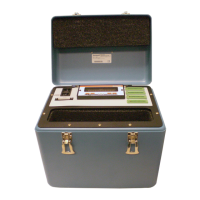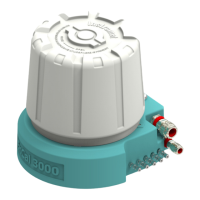79
6.9.1. Plan for ACM 150 incidents
You can use Form 2: Plan for ACM 150 incidents To list and correlate the sample area
numbers to the names for those areas and the order of scan. The form may also record
and describe any Alarm 1/Alarm 2 or Malfunction Incidents. The telephone contact list can
be part of your action plan to resolve issues.
The ACM 150 monitor’s computer continually checks for malfunctions in the analyzer and
the sampling system. Some malfunctions are temporary and self-corrected. For example,
if the ACM 150 monitor acquires a “bad scan,” That scan will be rejected, and the system
will try again. A malfunction will be generated if it cannot complete a good scan. Some
malfunctions, such as a failure of the optional Line Leak Check, do not interrupt the
operation of the ACM 150 monitor. It will continue to scan typically after this malfunction
is detected. Other malfunctions, such as a “bench time-out” will cause scanning to be
interrupted.
6.9.2. Screening data
Warn / Alarm 1/Alarm 2, questionable results and shakedown.
During the first few weeks of operation, expect some “shakedown” of the ACM 150 monitor.
You may get some low-level readings for certain chemicals, especially if they are
measured in the water vapor region of the infrared spectrum. The Honeywell application
chemist may need to adjust the analytical method for the specific background purge gas
and everyday air chemistry at the user’s location.
Collect infrared spectra and send them to Honeywell during this initial operating period.
The application chemist will use this information to adjust the analytical methods. If
necessary, new methods will be generated and sent to the user or installed by Honeywell
or its agent. The user should also collect the spectra generated during any of the following
events:
Demand Scans
Used when a chemical level is suspected, or an
unknown odor (‘chemical stranger’) is present
Warn / Alarm 1/Alarm 2
Incidents.
Includes both known and suspected events as well
as questionable events, where a false alarm may
Gas Tests
Where the user introduces a known chemical, and
the ACM 150 monitor fails to report it or disagrees
with the concentration level.
Malfunction messages generated during this initial period may occur due to the
installation's characteristics. During the first few months of operation, notify the Honeywell
Service Department or its agent of all malfunctions, even if they are corrected by the user
or are self-corrected. After that, the user can limit such notifications to times when service
assistance is needed to resolve a problem.

